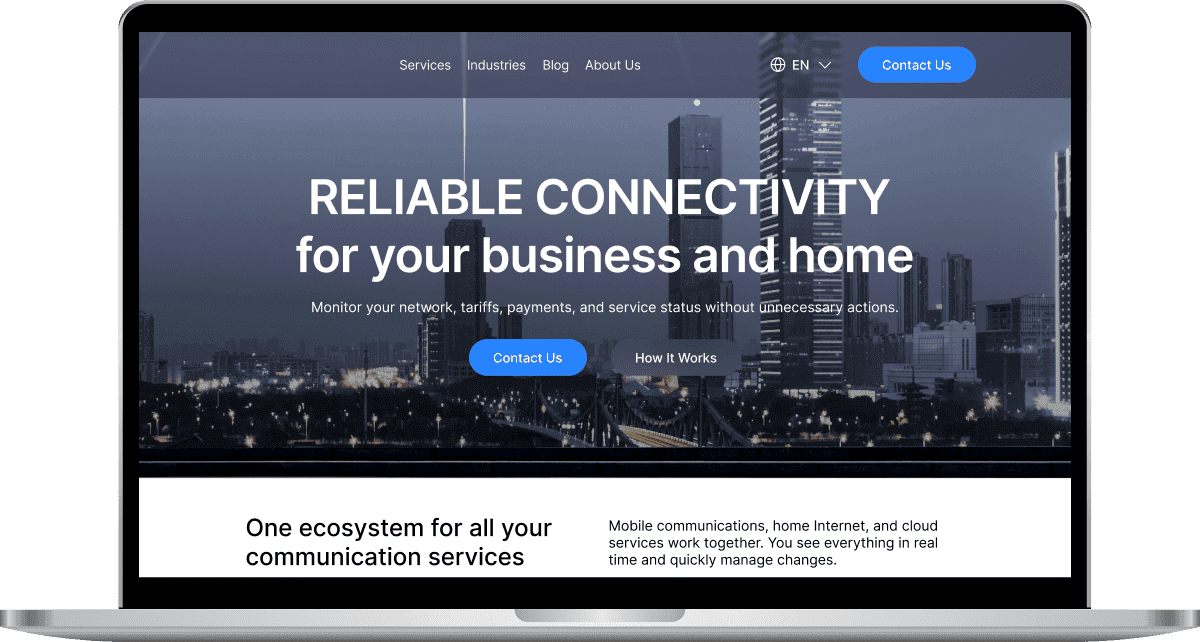- Home
- Case Studies
- Optimizing LuxehammaStyle's Migration from Magento to Shopify
Oct 25, 2022 3 min read
Optimizing LuxehammaStyle's Migration from Magento to Shopify
Platforms:
Web, MobileCountry:
CanadaImplementation time:
Apr 2022 - May 2023
Subscribe to Our Newsletter
Stay tuned for useful articles, cases and exclusive offers from Luxe Quality!
About Company
LuxehammaStyle is a leading e-commerce retailer specializing in high-end fashion and accessories. With a substantial online presence and a loyal customer base, the company migrated from Magento to Shopify to leverage the latter's robust performance, scalability, and user-friendly interface. The company contacted us for assistance in migrating from Magento to Shopify.
Before
The project was launched on the market without a thorough testing process. As a result, any bugs that emerged were addressed and resolved by the developers afterward. Proper data migration protocols also ensured consistency in product information and order history. The integration of third-party services needed to be fully optimized, causing occasional functionality and user experience disruptions. Furthermore, the website faced performance issues, especially during high traffic periods, leading to slower load times and potential loss of sales.
LuxehammaStyle recognized the need for a more robust and scalable solution, fitting their business needs. Shopify's superior performance, scalability, and user-friendliness made it the ideal choice for migrating from Magento. They contacted us to ensure a smooth transition, address data migration complexities, and optimize the new platform to enhance overall functionality and user experience.
Challenges and Solutions
Our team's main goal was to migrate all features smoothly, securing data accuracy while upholding peak performance. The project team comprised one backend developer, two frontend developers, two QAs, and a project manager. We will share some aspects of the work on this project with you.
Challenges | Solutions |
|---|---|
During the migration process, data inconsistencies were detected, leading to potential errors in product information and order history. | Implemented a data migration strategy with validation and reconciliation processes. Our QA team conducted rigorous testing at each migration stage, ensuring all data was accurately transferred and reconciled |
The integration of third-party services was unstable, causing disruptions in functionality and a negative impact on user experience | Our team conducted compatibility assessments for each third-party service, optimized API interactions, and implemented strong error-handling procedures. This ensured reliable integrations and enhanced overall platform stability and user experience |
The website struggled with performance issues, particularly during periods of high traffic, leading to slow load times and potential revenue loss | Conducted load testing and stress testing, simulating high traffic with different optimization techniques. That helped us find bottlenecks and fix them before they impacted production |
Adapting Shopify to match the custom functionalities and features that were previously implemented on Magento posed significant development challenges | Our team analyzed Magento's custom features and identified key functionalities to replicate or enhance in Shopify. When Shopify's solutions were insufficient, we created custom plugins and scripts to meet all business requirements |
Technologies, Tools, and Approaches
Used by Developers:
- Magento: The original e-commerce platform was utilized for its robust features before migration. Magento supported the initial development but was replaced to meet the company's evolving needs better.
- Shopify: The new e-commerce platform was selected for migration due to its scalability, advanced features, and user-friendly interface. Shopify provided enhanced performance and management tools essential for the upgraded online store.
Used by QA:
- WebdriverIO + JavaScript: Employed to create and execute automated test scripts to ensure browser compatibility and consistent functionality across different devices and browsers. This tool was crucial for identifying and resolving issues early in the development cycle.
- BrowserStack: This tool is used for cross-browser and cross-platform testing. It allows the QA team to verify that the website performs uniformly across various browsers and devices, ensuring a consistent user experience.
Used by Project Managers:
- Jira: Utilized to track tasks and manage issues. Jira enabled efficient task management, issue tracking, and team collaboration, ensuring the project adhered to deadlines and stayed on course.
- Asana: Another tool employed for project management, providing a user-friendly interface for task assignment, deadline tracking, and team communication. Asana complemented Jira by offering additional project visibility and task management features.
Results
- 47 + bugs were identified and reported, with detailed descriptions of their nature, severity, and impact. All of these bugs were addressed and resolved.
- 150 + test cases were created, ensuring comprehensive evaluation and validation, which enhanced the website's functionality and performance.
- Achieved significant cost savings by resolving issues during development, avoiding expensive post-release bug fixes, and ongoing maintenance. This financial efficiency underscores the success of our project. An efficient migration process minimized downtime, ensuring business operations continued with minimal disruption.
- Increased user satisfaction was reported due to improved site performance and usability, contributing to higher conversion rates post-migration.
- The scalable platform provided by Shopify supports business growth and facilitates more accessible future expansions.
- Optimized backend operations by integrating various Shopify apps and tools, reducing manual tasks and improving efficiency.
- Manual testing
- Smoke testing
- Regression testing
- Functional testing
- Automation testing
- Usability testing
- Cross-browser testing
- Cross-platform testing
- BrowserStack

- WebdriverIO

- JavaScript

- Jira

Your project could be next!
Ready to get started? Contact us to explore how we can work together.
Other Projects
Read moreDigital Connectivity Company
USA
•Web, Mobile
About project:
A digital connectivity company offering mobile, internet, and digital communication services.
Services:
- Manual and Automated testing, API, Security, Usability, Cross-browser, Cross-platform testing
- Automated testing -TypeScript + WebdriverIO + Mocha + Appium
Result:
350+ automated regression tests integrated into the CI/CD pipeline, ~50% fewer complaints from clients to support.FULL CASE STUDY
Telecommunications Provider
USA
•Web, Mobile
About project:
The client is a telecommunications provider offering broadband, mobile, and cloud communication services.
Services:
- Manual and Automated testing, API, Smoke, Regression, Performance, Security, Usability, Cross-platform testing
- Automated testing -TypeScript + WebdriverIO + Mocha + Appium
Result:
~70% of regression tests automated, reducing manual QA's involvement in regression cycles by 60%.FULL CASE STUDY
E-Commerce Retailer
USA
•Web, Mobile
About project:
An online E-commerce retailer that provides customers with a seamless online shopping experience through its web and mobile platforms.
Services:
- Manual and Automated testing, API, Usability, Cross-browser, Cross-platform testing
- Automated testing -TypeScript + WebdriverIO + Mocha + Appium
Result:
~80% drop in user-reported issues, critical checkout errors reduced to near zero, predictable, on-time releases for all major updates.FULL CASE STUDY



